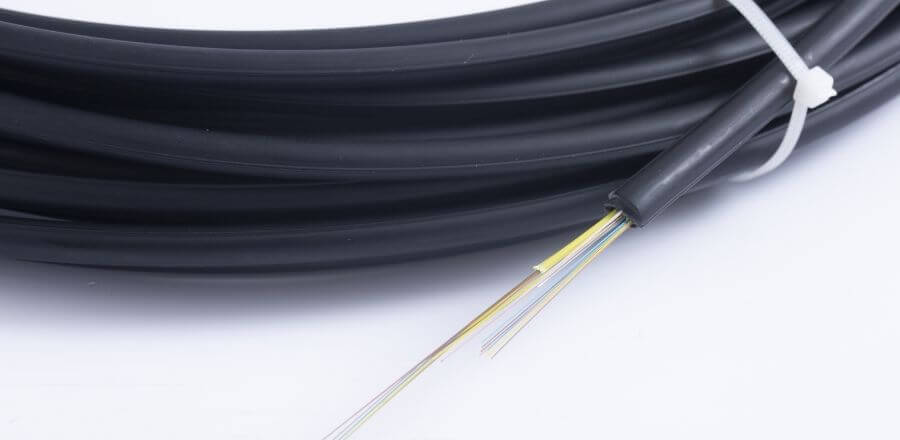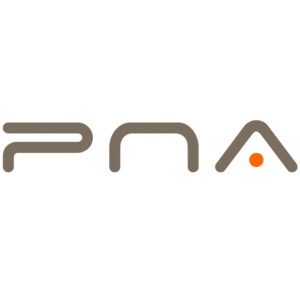Requirements
So the material of the fiber optic cable outer sheath must be able to withstand the sun and rain, and not crack due to ultraviolet radiation. At the same time, it must have certain tensile and flexural capabilities, and can withstand the abrasion during construction and the chemical corrosion in the use engineering.
Common Sheath Materials
Several common cable outer sheath materials are PVC, PE, LSZH, AT and rodent-proof sheath materials.
PVC
PVC is the most widely used fiber optic cable outer sheath material. It has good performances, good chemical resistance and weathering resistance, low cost, low flammability, and can meet the requirements of general occasions. However, the PVC sheathed optical cable will produce dense smoke when burned, which is not environmentally friendly.
PE
Polyethylene sheath materials is odorless, non-toxic, feels like wax. It has excellent low temperature resistance (the lowest temperature can reach -100~-70°C), good chemical stability, and can withstand most acids and alkalis (not resistant to oxidation) Nature of acid). It is insoluble in general solvents at room temperature, has low water absorption and excellent electrical insulation.
Because of the low density, good air permeability, excellent insulation and UV resistance of PE fiber cable outer sheath, it is often used in outdoor environments. Based on the density of the PE fiber cable outer sheath, there are also MDPE (middle density) and HDPE (high density).
LSZH
LSZH (low smoke zero halogen) is a flame-retardant sheath material filled with inorganic fillers (aluminum hydroxide, magnesium hydroxide). The LSZH sheathed fiber optic cable can not only dilute the concentration of combustible materials, but also absorb the heat generated by combustion, and at the same time generate a non-combustible oxygen barrier.
LSZH fiber optic cable has excellent flame retardant performance, little smoke during combustion, no toxic black smoke, no corrosive gas escape, good tensile strength, oil resistance and softness, excellent high pressure resistance, suitable for environment with flame retardant requirements and withstand voltage requirements. The disadvantage is that the LSZH sheath is easy to crack.
AT
The outer sheath of the optical cable of AT material can be obtained by adding additives to PE. This kind of sheath has good anti-tracking performance, so the optical cable usually used in the high voltage powerline environment needs the sheath of AT material.
Anti-Rodent
Another common optical cable sheathing material is an anti-rodent material, which is used for optical cables laid in tunnels and underground projects. The mechanism is divided into chemical protection and physical protection. Among them, physical protection is a more respectable method, and aramid yarn and metal armored materials can be used to prevent rodent biting.
Anti-Flame
When a fiber optic cable is used in mines or other safety prior environment, a good anti-flame characteristics of fiber optic cable is essential. Flame-retardant optical cable is a flame-retardant polyethylene sheath material instead of ordinary optical cable polyethylene sheath material, so that the optical cable has flame-retardant properties.
Choose Fiber Cable Outer Sheath
Application Environment
Indoor fibe optic cables can be sheathed with PVC, and outdoor fiber optic cables can be sheathed with PE. When flame-retardant is required, LSZH, flame-retardant materials can be used.
In hot and humid areas, areas with severe rodent damage, and the seabed, it is required to be a armored fiber optic cable.
Laying Method
From installation and construction perspective, PE sheathed fiber cable is suitable for overhead or pipeline laying. Double steel belt wrapped armor and longitudinally wrapped corrugated steel belt are suitable for direct buried laying. While steel wire armoured (SWA) fiber optic cable are suitable for underwater laying.


